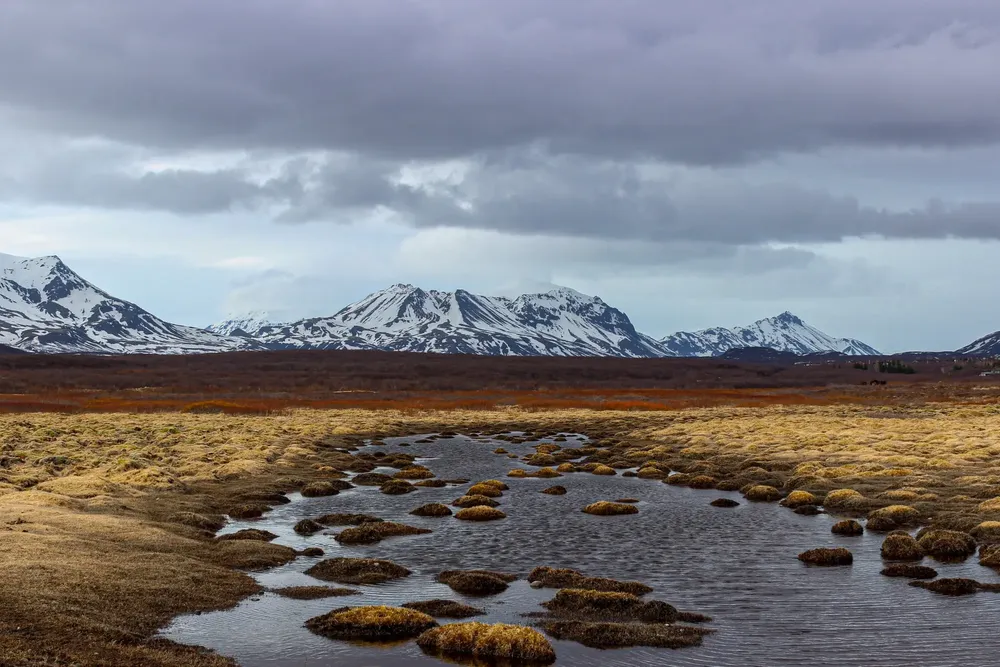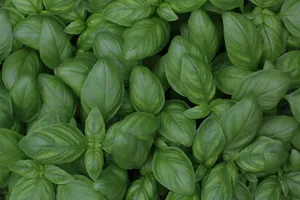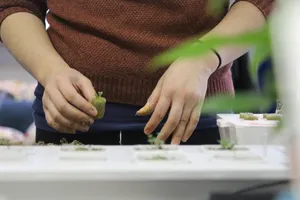Permafrost, when the earth begins to melt.
Permafrost soils are parts of the earth's surface that are permanently frozen (at least 2 years at a time).
They account for almost 17% of the Earth's surface and serve as reliable indicators of climate change. Most permafrost is found in the Northern Hemisphere, where it makes up about 25% of the soils. It consists of rocks, soil, sediments (mineral deposits), and dead biomass held together by the ice.
Saving water is a must. Cut your water consumption with this shower head*
Because of this unique structure, permafrost soils are very susceptible to temperature changes. For this very reason, climatic changes can be measured particularly well there.
It is actually quite normal for the upper layer of permafrost to thaw in summer and freeze over again in winter. This is the only way that plants and animals can survive there. Due to man-made climate change, however, these thaw periods are becoming increasingly longer and are throwing these ecosystems out of balance.
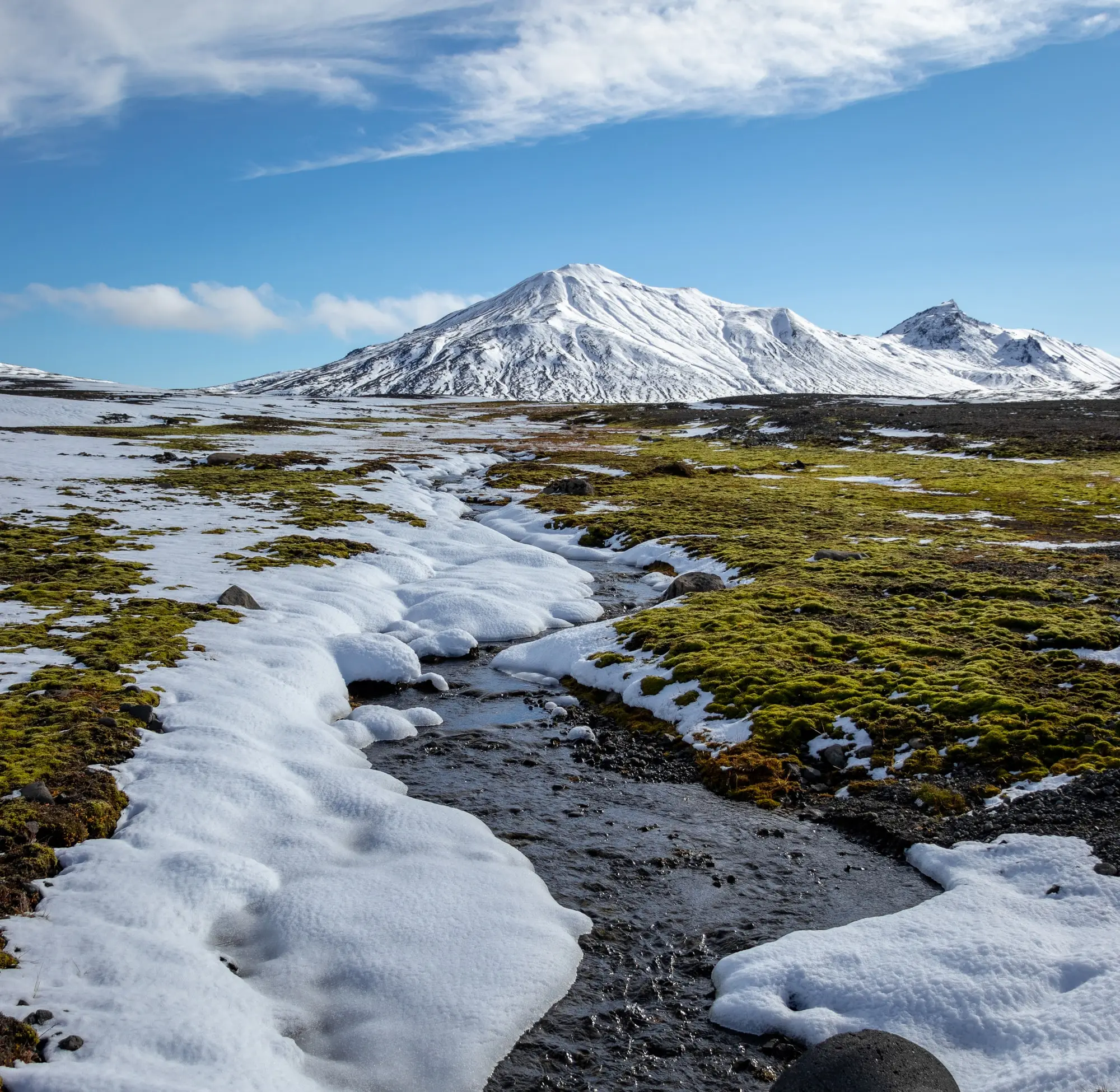
Researchers estimate that about 1500 gigatons of carbon are stored in permafrost soils worldwide. That is twice the amount of carbon currently in our atmosphere. If all this carbon were to be released into our atmosphere in the event of a complete melting of the permafrost, this would have serious consequences. In addition to carbon, methane is also a major problem. The longer thaw periods give microorganisms in the soil more time to be active, promoting methane production. But these are not the only dangers. Concrete concerns for people can arise much earlier.
Many houses, factories, roads, or pipelines are built on permafrost and would be at high risk of collapse due to the loss of ground frost.
In Siberia, airports are particularly at risk. Thawing of the permafrost creates melting holes that lead to subsidence of the ground and thus the runway. Leaks could also occur in oil pipelines, causing hundreds of thousands of liters of crude oil to spill into the landscape. So-called "thermokarsts" form as a result of landslides.
These are ground subsidence that fill with water over time. Satellite data show that in the Siberian permafrost zone, the area occupied by lakes has increased by 12% over the past 30 years.
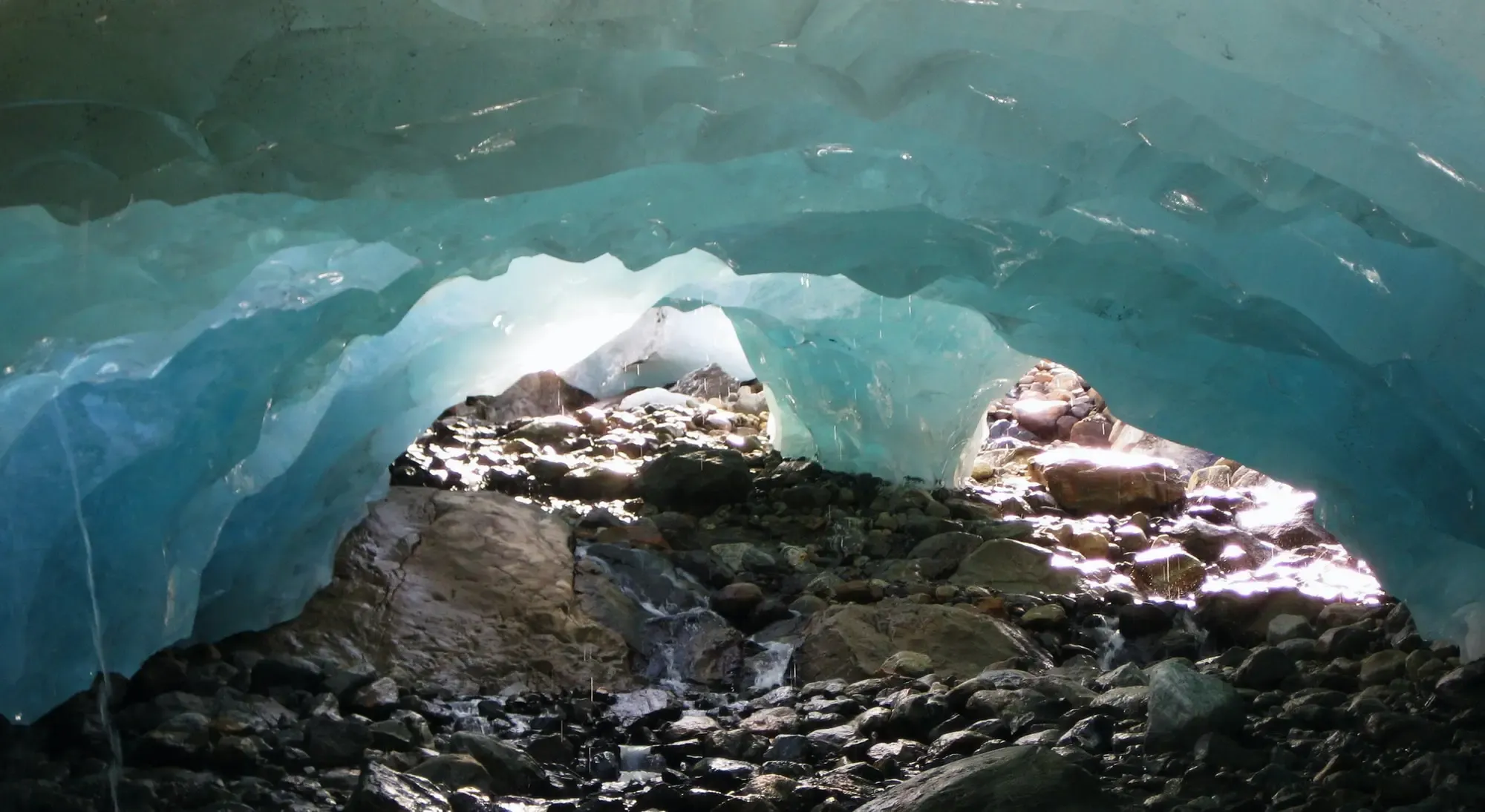
However, in places where the permafrost has completely thawed, it can also happen that entire rivers or lakes seep away.
As a result, new plant communities develop there and permanently shift the vegetation boundary northward.
With more water, there will be more mosquitos. To enjoy a mosquito free summer, try this Bug Zapper.*
This sounds like a good thing at first. More plants mean more biomass and thus more opportunities to fix carbon from the atmosphere. However, one thing must not be forgotten. The polar ice caps are vital to the Earth and to us. Although the Arctic ice does not filter CO² from the air, the large white surfaces form a kind of mirror that reflects much of the sun's radiation. This effect is called albedo and is essential for the climatic balance of our earth. Compared to the global average temperature, the average air temperature in the Arctic has almost doubled in recent decades.
But permafrost melting is not only a problem in the polar regions. The high mountains of the mid-latitudes are also affected. The softer soils greatly increase the risk of rock slides.
Through international cooperation of different research teams, a long-term measurement over 10 years could be carried out. In the period from 2007 to 2016, measurements were carried out at holes in the Arctic, Antarctica, and high mountains all over the world. The data were collected at depths of more than 10 meters, so that the influence of seasonal temperature fluctuations could be excluded.
An average global warming of 0.3 degrees Celsius was detected.
*The links to sources of supply are affiliate links: If you buy through them, you actively support gustar.io, because we then receive a small part of the sales proceeds. Thank you very much! :-)

